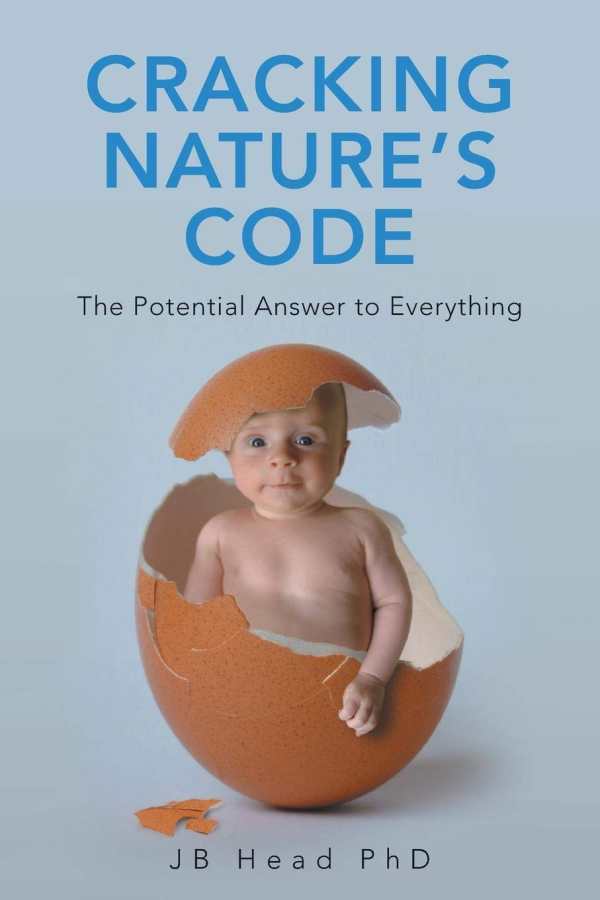Cracking Nature's Code
The Potential Answer to Everything
Cracking Nature’s Code is a call to action that connects science with philosophy for the greater global good.
Microbiologist JB Head’s scientific treatise Cracking Nature’s Code suggests relations between chaos and order to better connect the evolving world.
Questioning what science enthusiasts might contribute in terms of solutions to global problems, such as climate change and food shortages, the book reimagines standardized scientific modes of inquiry. Further, it seeks to initiate in-depth dialogues about the roles of possible quantum interconnections between biology and nature. Its concerns involve sustainability, and its approach is philosophical and stream of consciousness.
Functioning as a thought experiment, the book suggests useful cultural changes, too, including that more people work to address the needs of the changing planet through new advances in artificial intelligence, blockchain economics, and developing a global grammar. It dabbles in forecasting universal social changes, like everyone working toward a collective purpose.
From the book’s perspective, solutions can be reached through synchronicities or can be constructed from moments of personal revelation. It uses historical examples, such as how Edison invented the light bulb and so changed the world, for inspiration. It wonders about contemporary technologies that also optimize potentialities, including about the opportunities represented by artificial intelligence.
The text is at its best when it sticks to highlighting the complexity of scientific concepts, particularly when it comes to exploring quantum physics, around which more credible supporting material is named.The concept of biomimicry—a “method for creating solutions to human challenges by emulating designs and ideas found in nature”—is prevalent in its discussions, and is used to suggest that artificial intelligence and human beings can coexist through the symmetry of nature.
Plenty of references are shared to support the book’s scientific inquiries, but digressive social media links are also sprinkled throughout, and their inclusion clunky; they represent a mix of scholarly and trade sources. The book’s lengthy bibliography should prove useful for those interested in additional research.
The text bounces between abstract and scientific ideas, and most of its concepts are presented in the form of random notes, without much to connect them. Its ideas are often formulated as questions, and its singular style is cluttered. Its passionate hypothetical notions are original, if speculative; a tone of wonderment pervades. Within the text, though, colloquialisms are too common, and emphatic end punctuation is distracting. Fragmented sentences further undermine the book’s credibility, as does its general lack of organization.
Cracking Nature’s Code is a call to action that connects science with philosophy for the greater global good.
Reviewed by
Hope Hills
Disclosure: This article is not an endorsement, but a review. The publisher of this book provided free copies of the book and paid a small fee to have their book reviewed by a professional reviewer. Foreword Reviews and Clarion Reviews make no guarantee that the publisher will receive a positive review. Foreword Magazine, Inc. is disclosing this in accordance with the Federal Trade Commission’s 16 CFR, Part 255.

